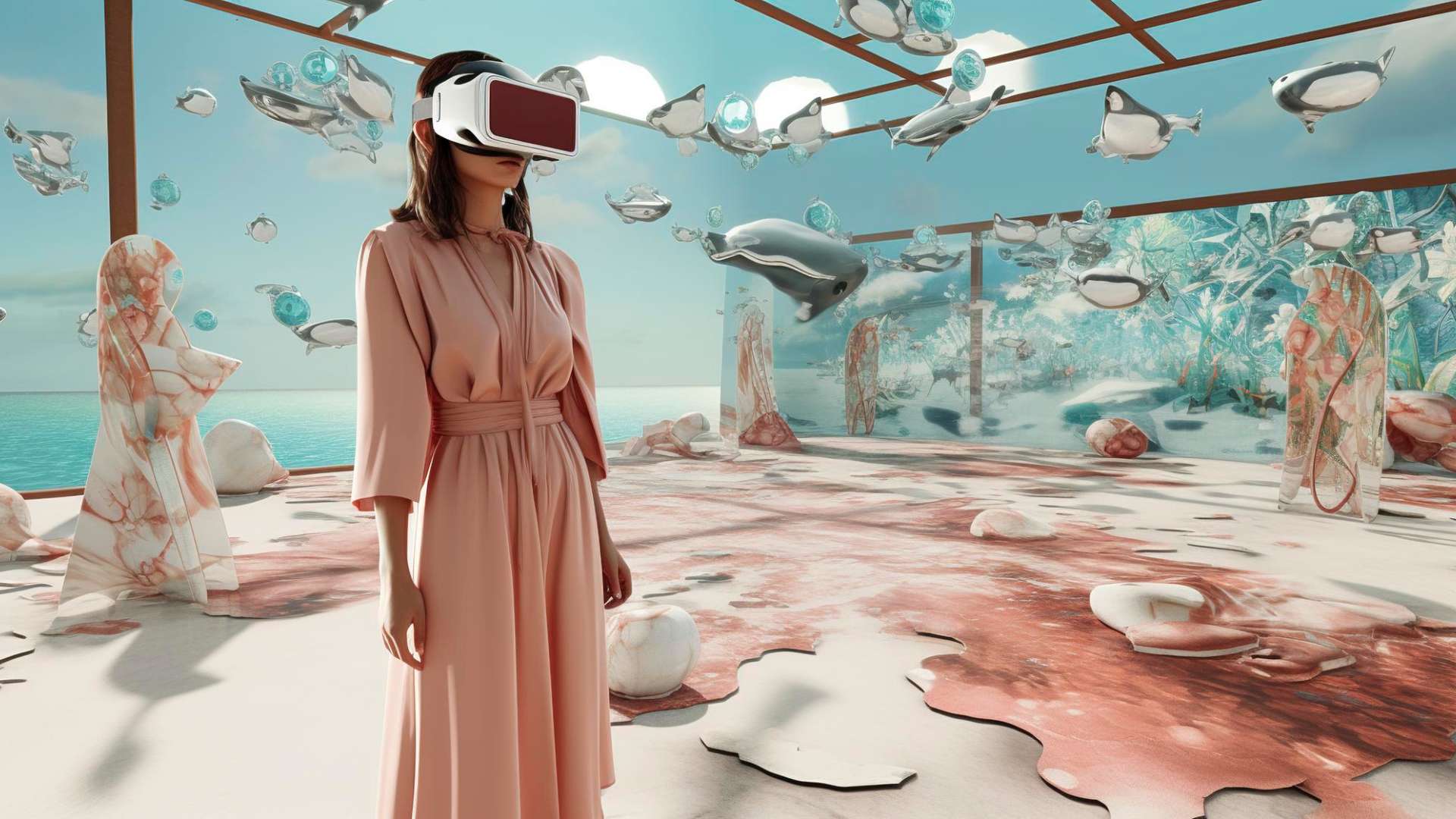
Call it a coincidence, but 3D for apparel and retail came of age right when it was needed. In a short span of time, retailers and brands all over the world flocked to to 3D as a way to tackle several serious challenges and manage different market pressures in a single go.
When 3D really hit the market, creative teams were struggling with the disconnect between digital sketches and physical prototypes – so products were going through countless rounds of sample iterations before they came close to the designer’s original intent.
Every year, the industry was spending millions of dollars in aggregate on producing, shipping, and then revising three or even four samples per style. 3D could deliver significant cost and time savings into the cycle of time it took to conceive an idea and bring it to market. Even a single physical sample taken out of that cycle could have a transformative impact on profitability.
And in a market where speed is everything, merchandisers and marketers found they could populate their online catalogues and give consumers the chance to purchase upcoming stock using 3D assets. 3D put the power back in their hands and even opened the door to testing new ideas on the open market before any factory commitment was made.
As a result, 3D for fashion and retail picked up the pace very quickly…




